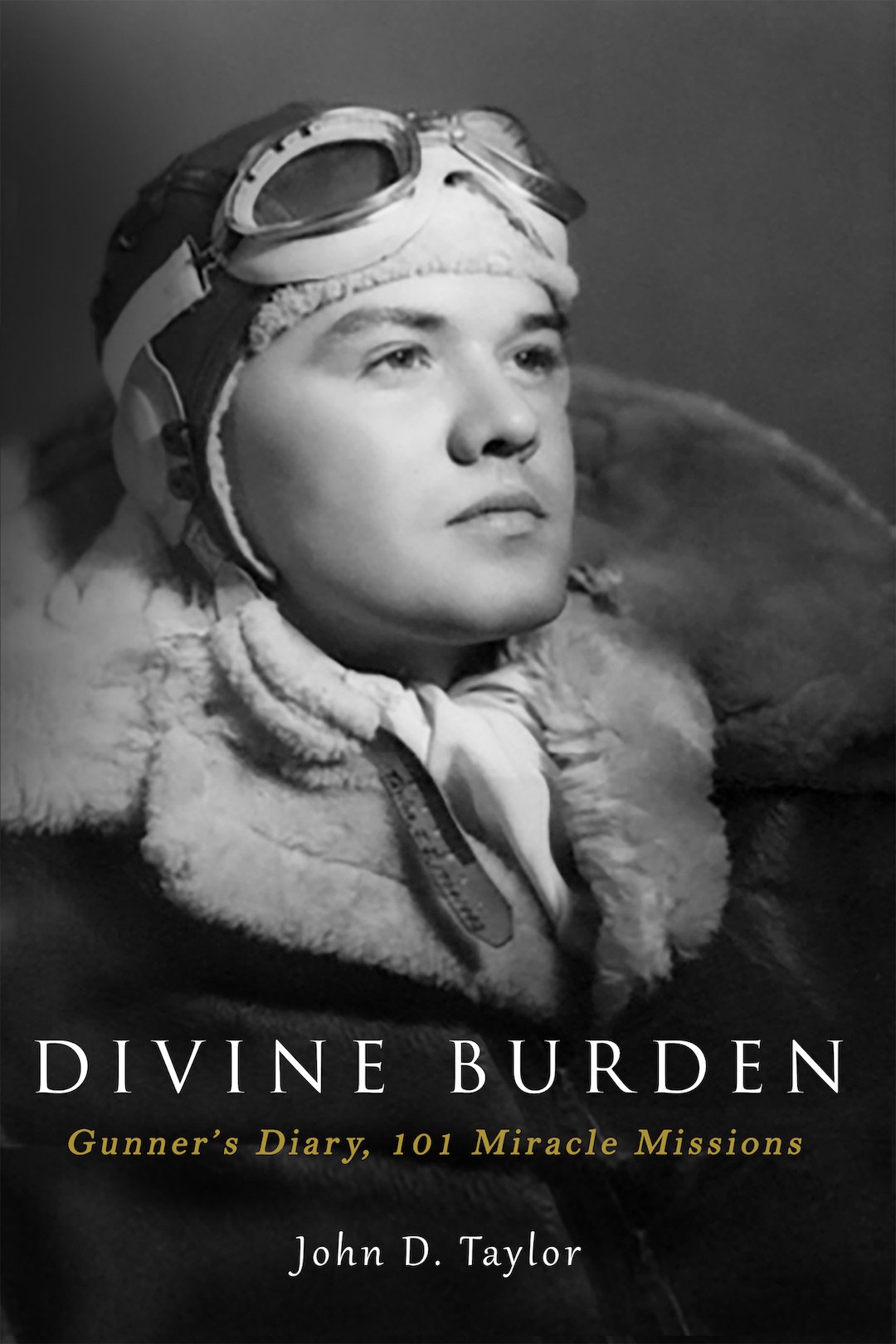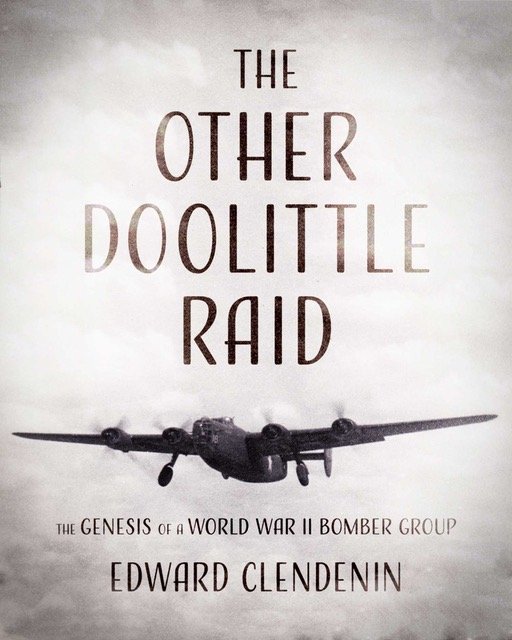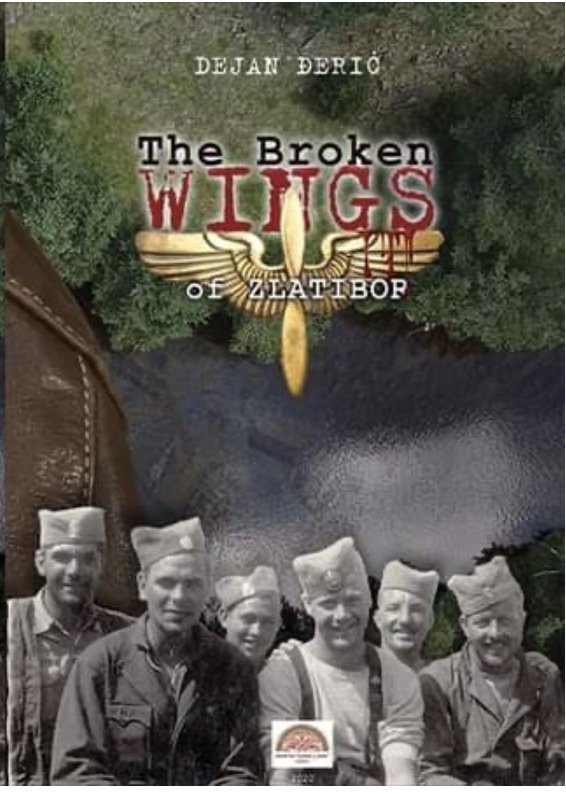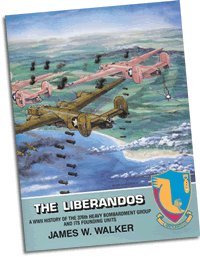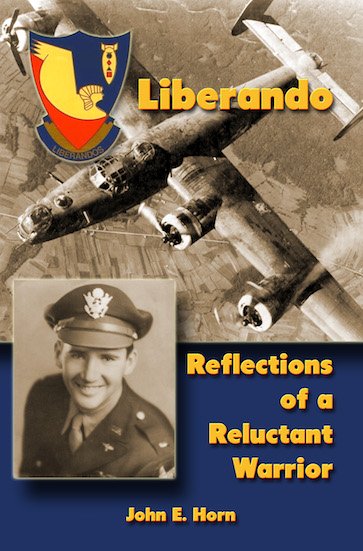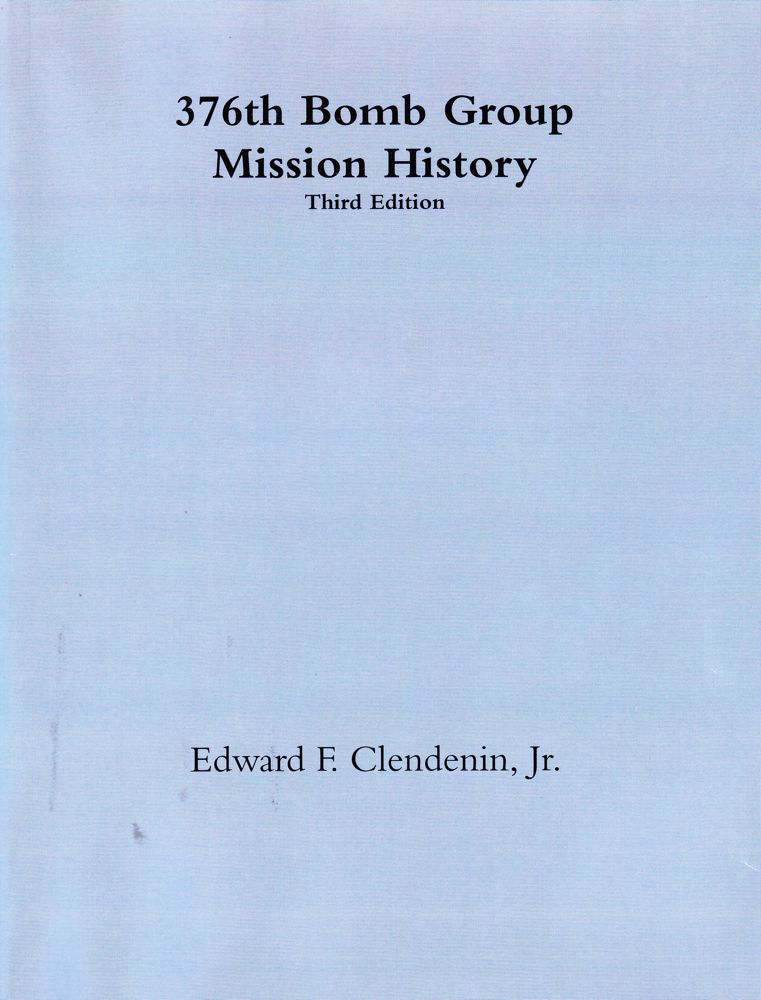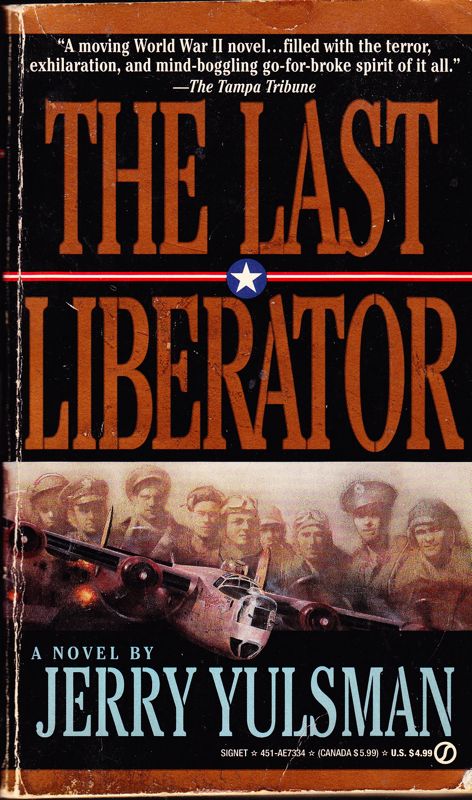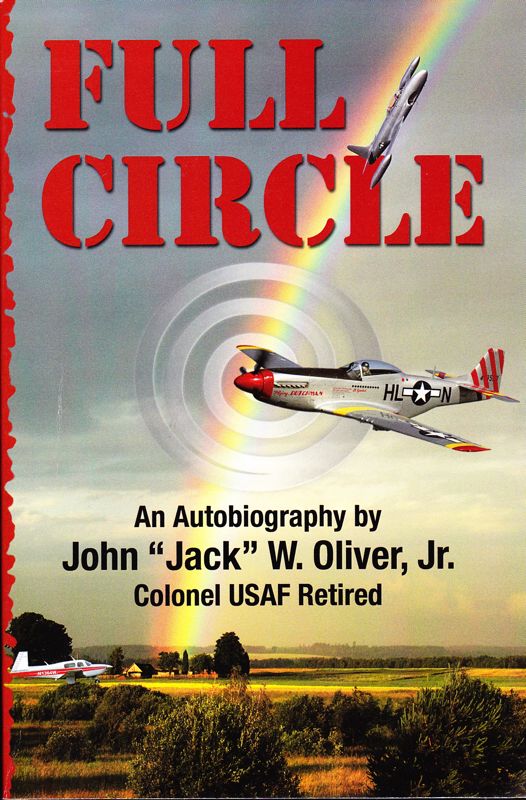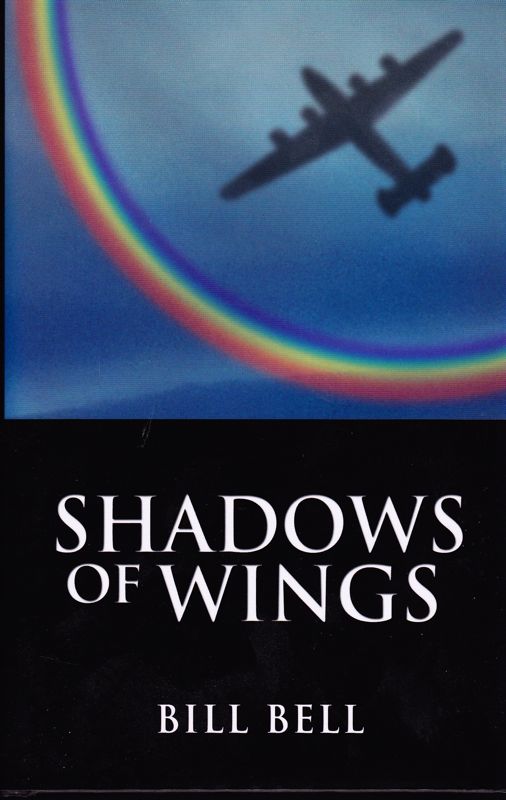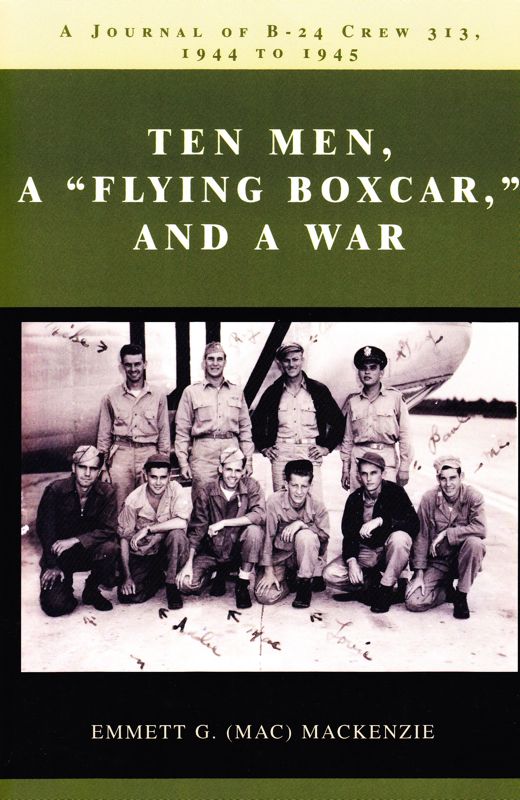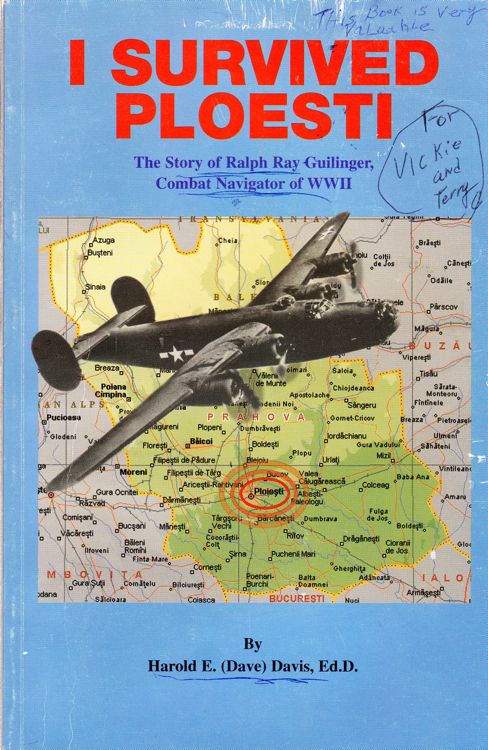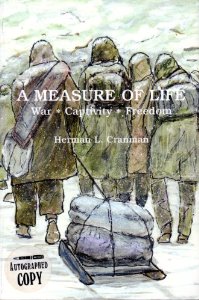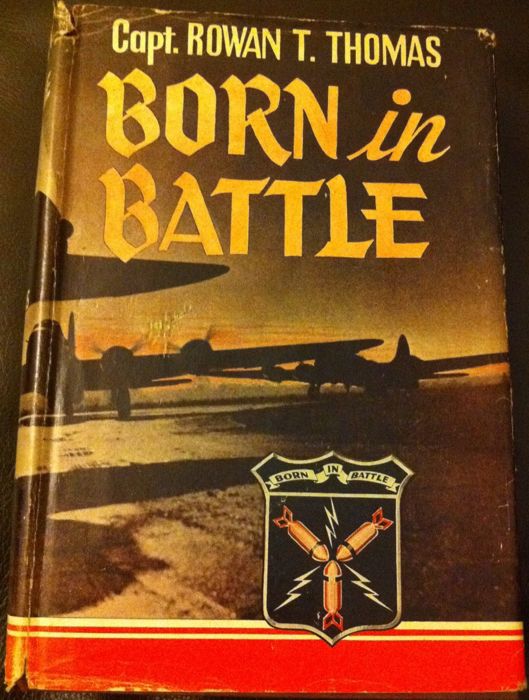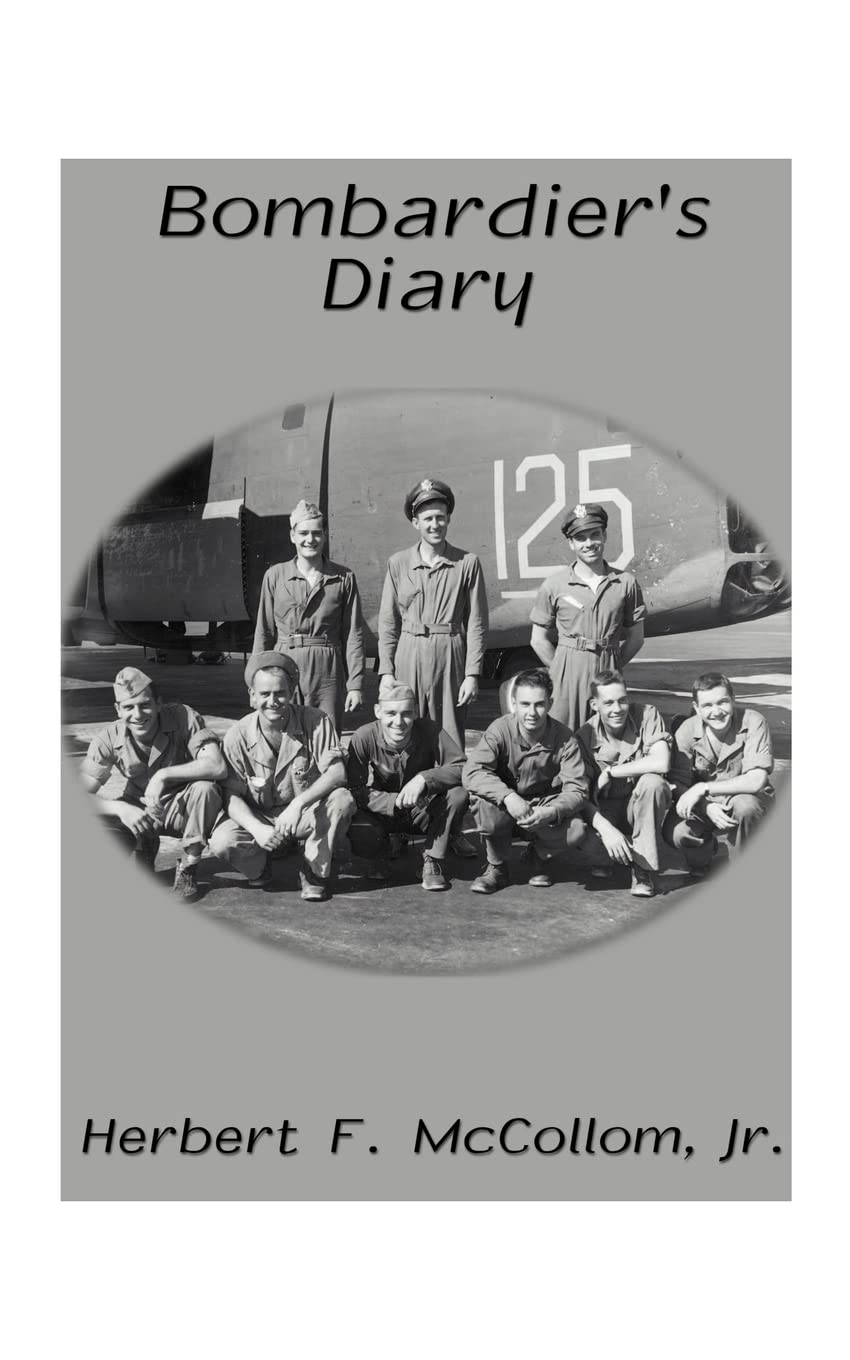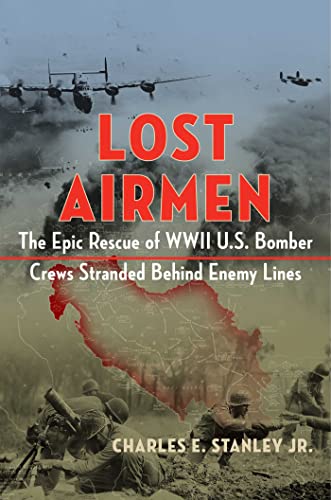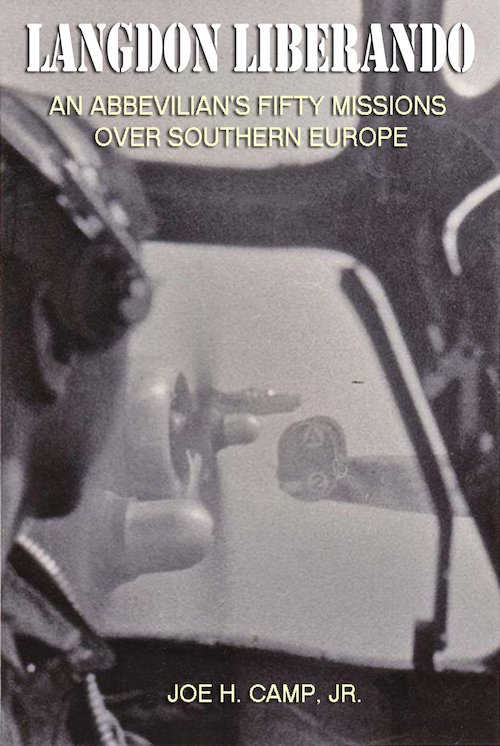Michael Peter Vono April 2, 1944
April 2, 1944
1st & 2nd Mission – To Steyer, Austria – Airplane Fuselages & other plants – Counted as 2 missions – over the Hump. Fired no rounds – no planes close to Ball Turret. One cylinder knocked off No. 3 engine and 4 or 5 other holes in various parts of ship by flack. Lt. Hitenach.
Ball Gunner – Enemy ships kept away. -little escort
In Dad’s notes, he scratches in the second mission. As Dad started, he knew he had 50 missions to fly. Also, in this place at this time, one sortie could count for two missions if it was long enough. It appears you were informed if your single sortie officially counted as two missions after the sortie.
In this case, they flew from Puglia to Austria by way of the Alps. “Over the Hump” has come to mean the WWII AAF flights over the Eastern Himalayas. But generically, back then, it referred to flying over high mountains. My guess is that they tacked to the west in order to arrive at Steyer from an unexpected direction.
The targets in Steyer were war manufacturing plants. One of them manufactured fuselages. A top target for the Allied Bombers were aircraft plants. If you can get them before they are even built, you won’t have to shoot them out of the sky.
The flack was heavy enough to knock off a cylinder and disable one of their four engines. Number 3 would be the inboard engine on the right wing as aircraft engines were and are still numbered from the pilot’s left to right. These prop aircraft were powered by internal combustion engines with the pistons and associated cylinders in a circle around the propeller shaft.
Flack is the metal shards fired from an anti-aircraft gun. The Germans called it a flugabwehrkanone, and Allies shortened it to “Flack”.
A common version was the 88mm or “acht-acht” in German. Which is why, I guess, I pretended to have an ACK-ACK gun as a kid. But also, in WWI, the Allies’ phonetic alphabet would designate “A” as “ACK”.
The round from the flack gun would explode at a selected altitude, flinging metal shards all around. Old WWII films show how these anti-aircraft weapons could fill the sky with dark puffs that told the Allied aircrews they would soon feel these shards tear through their ships. Trying to maneuver around them was futile and would destroy the integrity of the bomber formation which was designed to maximize protection from the bombers’ guns and fighter escorts. You might hear an old WWII bomber pilot say something like: “The flack was so thick, I could have gotten out of the aircraft and walked on it!”
Dad finishes his first entry by telling us who his aircraft commander was, what position he had in the crew, and how much fighter escort helped him defend his formation from enemy “ships” (fighters).
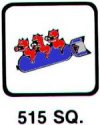
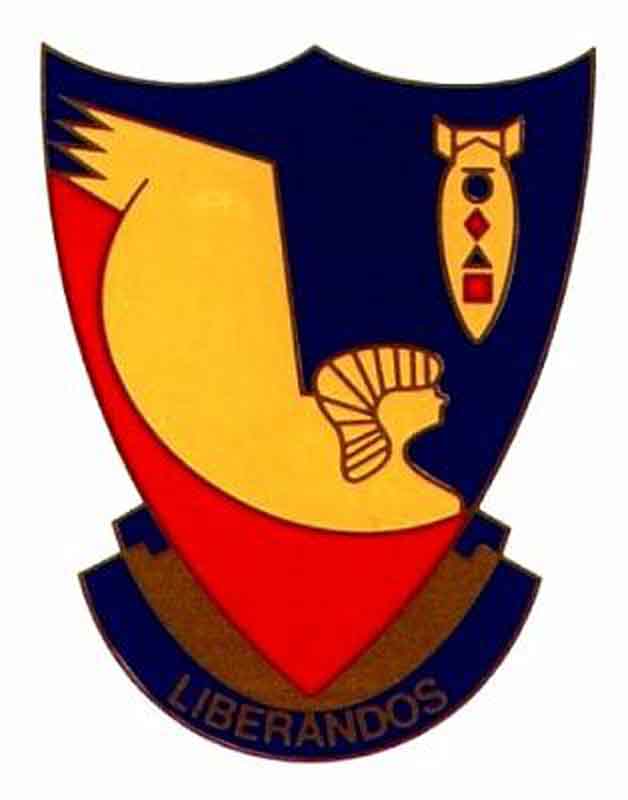
The website 376bg.org is NOT our site nor is it our endowment fund.
At the 2017 reunion, the board approved the donation of our archives to the Briscoe Center for American History, located on the University of Texas - Austin campus.
Also, the board approved a $5,000 donation to add to Ed Clendenin's $20,000 donation in the memory of his father. Together, these funds begin an endowment for the preservation of the 376 archives.
Donate directly to the 376 Endowment
To read about other endowment donation options, click here.
Reunion
NOTE change in the schedule !!
DATES: Sep 25-28, 2025
CITY:Rapid City, SD
HOTEL: Best Western Ramkota Conference Hotel; 2111 North LaCrosse St., Rapid City, SD 57702; 605-343-8500
Click here to read about the reunion details.
